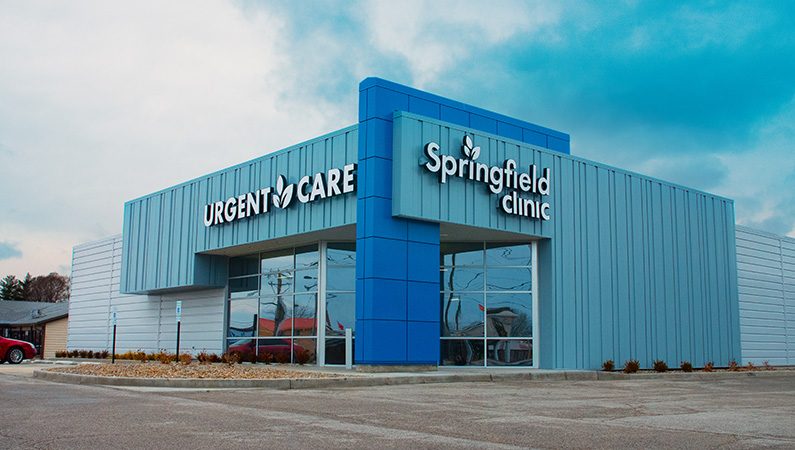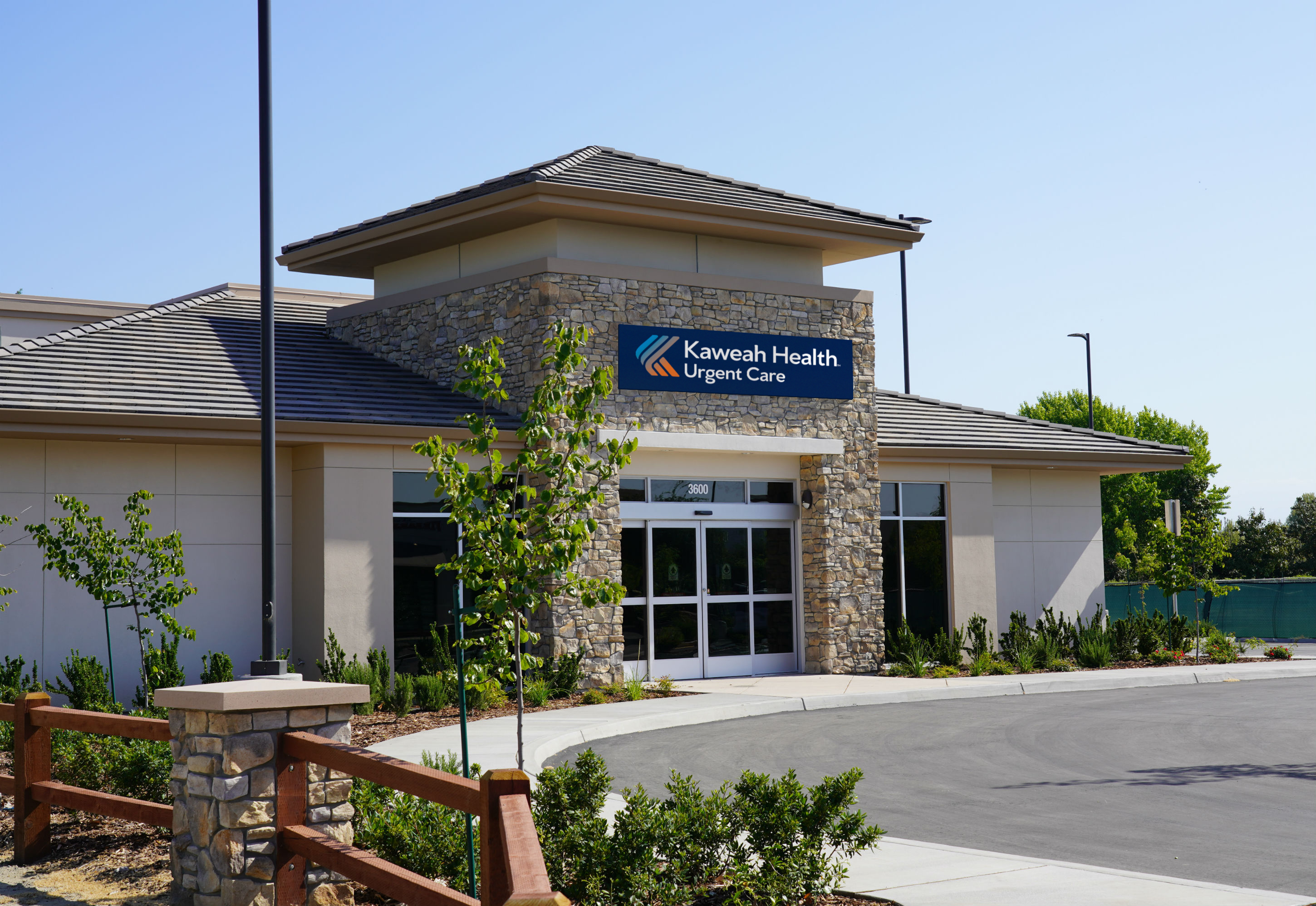The Relevance of Urgent Care Centers in Linking the Gap In Between Medical Care and Emergency Providers
Urgent treatment facilities have arised as an important element of the healthcare landscape, efficiently dealing with the vital requirement for immediate clinical attention without resorting to emergency solutions. The advancing duty of urgent treatment centers raises vital concerns about their assimilation within the wider healthcare system and the effects for client outcomes and source allotment.
Review of Urgent Care Centers
Immediate care facilities have come to be a crucial element of the healthcare distribution system, supplying accessible clinical services for non-life-threatening conditions. These centers normally operate outside standard workplace hours, offering patients an option to emergency clinic and health care settings. Individuals looking for immediate care commonly existing with problems such as minor injuries, infections, or health problems that need prompt attention yet do not pose an instant threat to life or limb.
Urgent treatment facilities are staffed by a variety of health care specialists, including doctors, registered nurse practitioners, and doctor aides, that are outfitted to diagnose and treat different clinical concerns. They typically include analysis devices such as X-ray devices and research laboratory solutions, allowing them to provide extensive care on-site.
The establishment of urgent care centers has been influenced by the boosting demand for timely medical solutions in a busy society, where patients may struggle to secure visits with main care carriers. Consequently, these facilities aim to reduce congestion in emergency departments, enhancing overall healthcare efficiency. Additionally, immediate care centers typically act as a bridge between health care and emergency solutions, ensuring that patients obtain ideal treatment tailored to their specific clinical requirements.

Advantages of Urgent Care Services
Accessing timely healthcare is a substantial benefit of urgent care services. These centers offer prompt attention for non-life-threatening conditions, efficiently minimizing delay times contrasted to conventional emergency situation divisions. Clients looking for care for small injuries, health problems, or immediate wellness worries can acquire therapy without the long delays commonly related to medical facility sees.
An additional trick advantage is the extensive hours of procedure. Numerous immediate care facilities are open nights and weekend breaks, suiting individuals who may not be able to visit their medical care provider during basic office hours. This adaptability makes immediate care an easily accessible choice for those with busy schedules or abrupt wellness problems.
Furthermore, urgent treatment facilities commonly use a wide variety of services, including analysis screening, X-rays, and basic laboratory solutions. This extensive approach enables fast diagnosis and therapy, improving client complete satisfaction.
Additionally, immediate treatment facilities are typically extra cost-efficient than emergency situation spaces, making them an appealing alternative for people without insurance policy or those with high-deductible plans. In general, immediate treatment services play an important role in offering easily accessible, timely, and cost effective clinical treatment.
Comparison With Medical Care
Normally, patients commonly weigh their choices between immediate care centers and health care suppliers when seeking medical focus. Both serve vital duties in the healthcare system, yet they differ dramatically in scope, expense, and access.
Medical care companies are commonly the first point of call for people, concentrating on long-lasting wellness monitoring, preventive care, and chronic illness administration. They supply continuity of care, fostering a patient-provider connection that enables for detailed health and wellness analyses and personalized treatment plans. However, arranging a consultation can be time-consuming, usually requiring days or weeks beforehand.
In comparison, urgent care centers supply immediate treatment for non-life-threatening conditions that call for punctual focus, such as small injuries or infections. These facilities frequently operate outside of conventional workplace hours, suiting patients that may not be able to visit their key care service provider throughout regular business times. In addition, urgent treatment is normally a lot more cost-effective than emergency clinic sees, making it an enticing choice for those with limited healthcare access.
Eventually, while urgent care facilities and main care service providers both contribute to client wellness, they accommodate unique requirements, making it critical for clients to figure out which alternative best lines up with their circumstances.
Emergency Situation Services Interaction
The communication between immediate treatment centers and emergency services is an essential facet of the healthcare landscape, specifically when clients deal with circumstances that might intensify in extent. Urgent treatment facilities function as a bridge in between key care and emergency situation departments, addressing non-life-threatening conditions that require immediate focus. This cooperation boosts client results and maximizes source allowance within the healthcare system.
When individuals provide with not lethal yet urgent concerns, urgent care facilities can successfully manage their needs, relieving congestion in emergency clinic. When a person's condition exceeds the extent of urgent care treatment, Facilities geared up with diagnostic abilities can promote prompt references to emergency situation solutions. This smooth review communication assists make certain that patients get the ideal level of treatment without unneeded hold-ups.
Furthermore, efficient communication in between immediate care suppliers and emergency situation solutions is critical. Sharing person information and therapy backgrounds promotes coordinated treatment, lessening the danger of redundant examinations and treatments. As health care continues to progress, the vibrant relationship in between immediate treatment centers and emergency situation services will play a critical duty in boosting person treatment performance, satisfaction, and total health outcomes within the neighborhood.
Future of Urgent Treatment Facilities
As health care needs progress, the future of urgent care centers is positioned to end up being my company increasingly indispensable to the general clinical ecosystem (Urgent Care). These centers are likely to increase their roles by including sophisticated technologies, such as telemedicine, synthetic intelligence, and electronic health and wellness document integration. This will boost individual access and streamline treatment sychronisation in between urgent treatment, health care, and emergency solutions
Additionally, urgent care facilities are expected to expand their service offerings to include preventive care and chronic illness management. This shift will position them as important parts in handling populace wellness, decreasing the worry on emergency divisions, and attending to voids in medical care accessibility.
The growing pattern of value-based care will additionally increase the transformation of immediate treatment facilities, prompting them to concentrate on patient results and contentment. Facilities may also embrace collective technique designs, working carefully with experts and key treatment providers to ensure comprehensive person monitoring.
Verdict
Finally, urgent treatment centers offer a vital feature in the healthcare system by giving instant access to therapy for non-life-threatening conditions, successfully minimizing pressure on emergency situation services. Their expanded hours and diverse variety of services improve person benefit and satisfaction, while go to these guys additionally guaranteeing ideal care shipment. As medical care needs continue to progress, the duty of urgent care centers will likely become significantly significant, additional bridging the gap in between medical care and emergency situation solutions.
The establishment of urgent treatment centers has been affected by the enhancing need for timely clinical services in a busy society, where patients might have a hard time to secure visits with primary treatment service providers. Additionally, urgent care centers commonly offer as a bridge in between key treatment and emergency situation solutions, ensuring that clients get suitable care tailored to their particular medical requirements.
Lots of immediate treatment centers are open nights and weekends, fitting people that might not be able to see their key treatment copyright throughout standard workplace hours (Urgent Care). As medical care proceeds to evolve, the dynamic relationship between urgent care centers and emergency services will play an essential duty in boosting person treatment efficiency, contentment, and total wellness end results within the community
